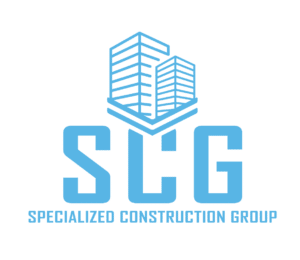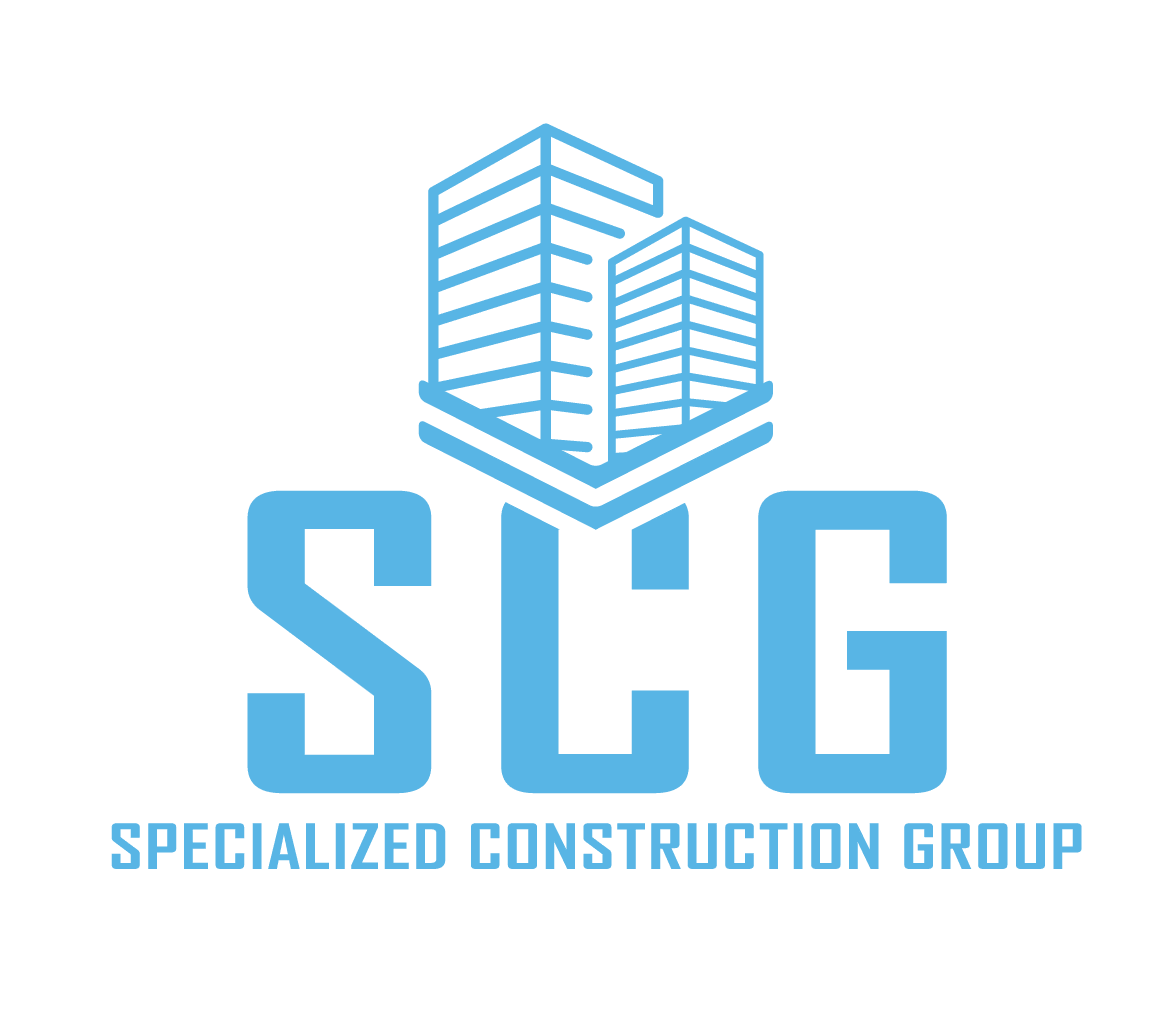In the dynamic world of construction, successfully managing a project from inception to completion can be a labyrinthine task, especially when following traditional approaches involving multiple entities, contracts, and communication channels. Fortunately, the design-build methodology offers a unique solution to this problem by creating a single point of contact throughout the project. This approach significantly simplifies project management, optimizes communication, and enhances decision-making efficiency. Let’s delve deeper into understanding how the design-build approach, with its single point of contact, is revolutionizing the construction industry.
What is Design-Build?
The design-build approach is a contemporary construction delivery method offering a comprehensive solution by integrating both the design and construction phases of a project under one contract. This unified model contrasts with traditional construction methods, such as design-bid-build, where the project owner manages two separate contracts: one for design with the architects and another for construction with the building contractors. In the design-build model, the project owner collaborates with a single design-build team responsible for all aspects, from design to execution, ensuring a streamlined process.
The Single Point of Contact: A Game Changer
The single point of contact in design-build projects is a game changer. It eliminates the need for the project owner to act as an intermediary between various teams, ensuring smoother communication, effective decision-making, and a more streamlined process. Here’s why a single point of contact is advantageous:
- Simplified Communication: The single point of contact model streamlines the communication process, eliminating the confusion and potential mistakes that can arise from dealing with multiple parties. It enhances the clarity and effectiveness of communication since the design-build team, as the sole point of contact, takes the responsibility of coordinating with all stakeholders and ensures that everyone is on the same page.
- Efficient Decision-Making Process: Decisions can be made quickly and efficiently in the design-build method. As the design and construction teams are part of the same entity, decisions regarding the project can be discussed and implemented without the need for time-consuming negotiations between separate parties, accelerating the project timeline.
- Unified Vision and Responsibility: The design-build method ensures a unified project vision as the same team works from design through construction. This single entity is responsible for understanding the project owner’s vision and translating it into a tangible reality. Unified responsibility also leads to increased accountability, which can enhance the quality of the project, as the design-build team has a vested interest in ensuring successful project completion.
- Cost and Time Efficiency: Design-build methodology, with its single point of contact, can lead to significant cost and time savings. Since the design and construction phases overlap and all teams work together from the outset, design-build projects can be completed faster and more cost-effectively than traditional construction projects. The design-build team can make strategic decisions early in the process that have a positive impact on project cost, schedule, and quality.
In-Depth Look at the Design-Build Process
Understanding the design-build process and how the single point of contact plays into each phase can further illuminate the benefits of this approach. The design-build process typically includes the following stages:
- Pre-Construction Assessment: At this stage, the design-build team, acting as the single point of contact, works closely with the project owner to understand their vision, objectives, budget, and timeline. The team conducts a thorough site evaluation and feasibility study, enabling them to anticipate potential challenges and plan accordingly.
- Design Phase: Once the project parameters are established, the design phase begins. The integrated design-build team collaborates seamlessly, enabling innovative solutions and real-time problem-solving. With a single point of contact, changes can be communicated and implemented quickly, preventing delays.
- Construction Phase: In the construction phase, the design-build team oversees the construction from start to finish, making sure that the project is progressing as planned. Having a single point of contact during this phase allows for real-time troubleshooting, efficient problem-solving, and ensures that the project stays on schedule and within budget.
- Post-Construction Review: After project completion, the design-build team will walk through the new facility with the project owner to ensure everything is up to the agreed specifications and standards. The single point of contact can manage any final modifications or changes, fostering a positive end to the project.
In an industry known for its complexity, design-build offers a refreshingly streamlined alternative. It simplifies the construction process by providing a single point of contact that takes responsibility for managing all aspects of the project, reducing the project owner’s burden, and minimizing potential communication errors. This single point of contact brings together the design and construction phases under one umbrella, enabling seamless collaboration, efficient decision-making, and a unified vision.
Embracing the design-build method and its single point of contact can provide substantial benefits to any construction project. It not only simplifies project management but also ensures smoother communication, faster decision-making, and ultimately a more successful project outcome.
Whether you’re a small business owner looking to construct your first commercial space, a franchisee planning to expand, or a developer working on a large scale retail center, the design-build approach can provide a more efficient, cost-effective, and less stressful construction experience. By understanding and leveraging the power of a single point of contact in your next construction project, you can save time, reduce stress, and focus on what you do best running your business.



